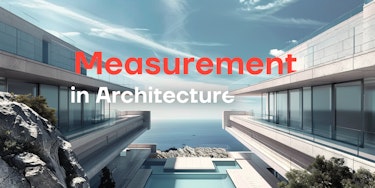Architecture and design are not merely about creating visually appealing structures; they are about crafting spaces that enhance the lives of their inhabitants, contribute positively to the environment, and meet the needs of society. In this context, performance measurement plays a pivotal role in evaluating the success of architectural projects. By assessing various aspects such as functional efficiency, environmental sustainability, user satisfaction, economic viability, and aesthetic appeal, architects and designers can gauge the effectiveness of their designs and identify opportunities for improvement. This essay delves deeper into the significance of performance measurement in architecture and design, exploring its different dimensions and showcasing its impact on driving success in the field.
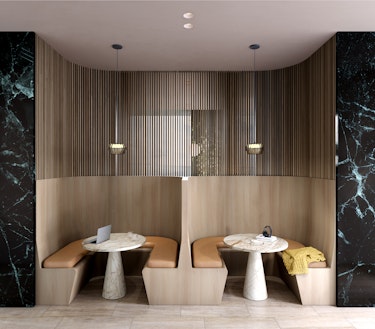
Functional Efficiency
Functional efficiency lies at the core of architectural design. Buildings and spaces must be designed to fulfill their intended functions effectively, whether they are residential, commercial, educational, or recreational. Performance measurement in terms of functional efficiency involves evaluating how well a design solution meets the practical needs of its users. This includes assessing factors such as spatial layout, circulation, accessibility, and usability. For instance, in a hospital, functional efficiency may be measured by the ease of movement for patients and staff, the accessibility of medical facilities, and the efficiency of service delivery.
Furthermore, advancements in technology, such as Building Information Modeling (BIM) and computational design tools, have enabled architects to optimize spatial layouts and circulation patterns to enhance functional efficiency. By simulating user movements and interactions within a digital model, architects can identify potential bottlenecks and inefficiencies early in the design process, allowing for more informed decision-making and ultimately leading to better-performing buildings.

Environmental Sustainability
With growing concerns about climate change and resource depletion, environmental sustainability has become a paramount consideration in architectural design. Performance measurement in terms of environmental sustainability involves evaluating the environmental impact of a building throughout its lifecycle, from construction and operation to eventual demolition or renovation. This includes assessing factors such as energy efficiency, water conservation, waste management, and carbon footprint.
Architects are increasingly employing sustainable design strategies to minimize the environmental impact of their projects. These strategies may include passive design techniques, such as orientation optimization and natural ventilation, as well as the use of renewable materials and energy-efficient building systems. Performance measurement tools, such as energy modeling software and life cycle assessment (LCA) tools, enable architects to quantify the environmental performance of their designs and identify opportunities for improvement.
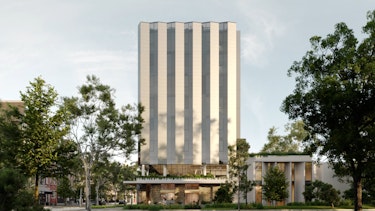
User Satisfaction
Ultimately, the success of a building is measured by the satisfaction of its users. Performance measurement in terms of user satisfaction involves gathering feedback from occupants and stakeholders to assess their experience of the built environment. This can be done through surveys, interviews, and observational studies to understand users' preferences, needs, and behaviors. Factors such as comfort, safety, aesthetics, and amenities play a crucial role in determining user satisfaction.
By incorporating user feedback into the design process, architects can create buildings and spaces that are tailored to the needs and preferences of their intended users. This user-centered approach not only enhances the overall quality of the built environment but also fosters a sense of ownership and community among occupants. Post-occupancy evaluations allow architects to assess the performance of their designs in real-world conditions and identify areas for improvement based on user feedback.
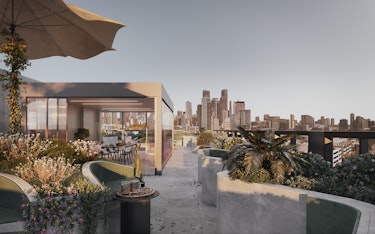
Economic Viability
In addition to meeting functional and environmental objectives, architectural projects must also be economically viable. Performance measurement in terms of economic viability involves evaluating the cost-effectiveness of a building or design solution. This includes assessing factors such as construction costs, lifecycle costs, return on investment, and market value. Architects must balance aesthetic aspirations with budgetary constraints to ensure that projects are financially sustainable.
Cost-effective design solutions, such as modular construction and value engineering, can help minimize construction costs without compromising quality or performance. Performance measurement tools, such as cost estimation software and financial modeling tools, enable architects to assess the economic viability of their designs and make informed decisions about materials, technologies, and construction methods. By optimizing both capital and operational costs, architects can deliver projects that provide value for clients and stakeholders over the long term.
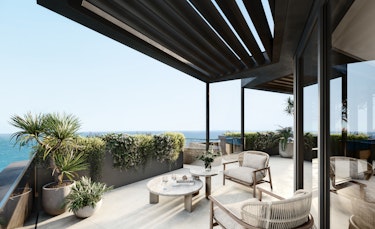
Aesthetic Appeal
While functional, environmental, and economic considerations are essential, aesthetic appeal remains a fundamental aspect of architecture and design. Performance measurement in terms of aesthetic appeal involves evaluating the visual impact of a building and its contribution to the overall urban or rural landscape. This includes assessing factors such as architectural form, proportion, materiality, and integration with the surrounding context. Aesthetic considerations are subjective and may vary depending on cultural, historical, and contextual factors.
Architects often draw inspiration from the local context, cultural heritage, and natural landscape to create buildings that resonate with their surroundings. Performance measurement tools, such as visual simulation software and virtual reality (VR) technology, enable architects to visualize and communicate design concepts more effectively, facilitating stakeholder engagement and consensus-building. By integrating aesthetic considerations into the design process, architects can create buildings and spaces that inspire, uplift, and enrich the human experience.
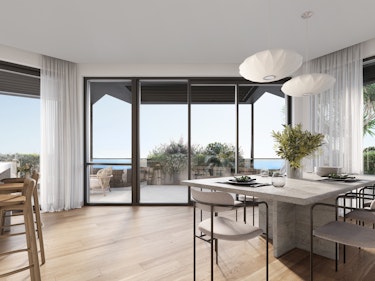
Performance measurement is essential for driving success in architecture and design by ensuring that projects meet the needs of their users, contribute positively to the built environment, and deliver value for clients and stakeholders. By evaluating factors such as functional efficiency, environmental sustainability, user satisfaction, economic viability, and aesthetic appeal, architects and designers can create buildings and spaces that are not only beautiful but also functional, sustainable, and socially and economically beneficial. Integrating performance measurement into the design process from the outset and learning from successful case studies can help advance the practice of architecture and design and create a built environment that enhances the quality of life for all.
